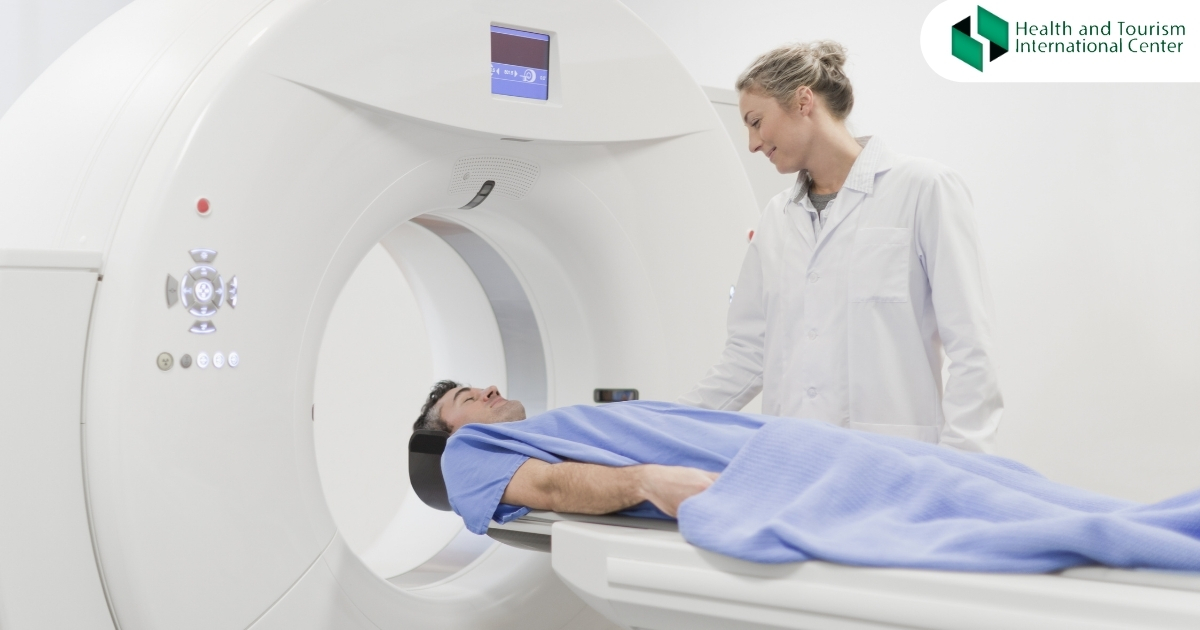What is computed tomography?
If you're a fan of medical TV shows, you've probably heard a lot of times how a hero in a white coat demands a CT scan, or have seen a campaign on social media that offers a CT scan - one of the greatest discoveries of modern medicine.
CT - Computed Tomography
With the help of computed tomography, the radiologist takes a layer image of organs and tissues using X-rays - it is a perfect image of the whole body, the organism.
During CT examination, the doctor sees in detail the ongoing changes in the body. That is why it is impossible without computed tomography, it is hard to make a correct diagnosis.
The main purpose of computed tomography
Computed tomography is especially effective:
- For rapid diagnosis of internal injuries received during various types of trauma or car accidents;
- To diagnose the disease;
- A number of surgical manipulations or radiation therapies are performed under ct control;
- CT helps us to plan the course of treatment, surgery or radiation therapy, method;
- It is useful both for diagnosis and for the prevention of progression of various pathological processes.
Why it's done
Your doctor may recommend a CT scan to help:
- Diagnose muscle and bone disorders, such as bone tumors and fractures
- Pinpoint the location of a tumor, infection or blood clot
- Guide procedures such as surgery, biopsy and radiation therapy
- Detect and monitor diseases and conditions such as cancer, heart disease, lung nodules and liver masses
- Monitor the effectiveness of certain treatments, such as cancer treatment
- Detect internal injuries and internal bleeding
In what types of cases is CT examination provided?
CT is performed both in the planned mode and in emergency clinical cases.
Which organs does a radiologist examine with computed tomography?
Computed tomography is recommended for the diagnosis or monitoring of a number of organs,systems, pathological processes, chronic diseases, acute injuries.
A complete examination of a number of organs is possible, namely:
- Brain
- Chest cavity
- Liver
- Spleen
- Gallbladder
- Pancreas
- Adrenal glands
- Lungs
- Urinary system
- Prostate
- The aorta and its main or peripheral blood vessels
- Bony segment of the spine
- Upper, lower limbs, etc.
Computed tomography and pregnancy
The method of examination of the abdomen and small pelvis in pregnant women is magnetic resonance imaging or ultrasound.
Computed tomography in pregnant patients is recommended only for vital needs - if magnetic resonance imaging or ultrasound is uninformative and the general condition of the patient requires urgent diagnosis. At this time CT is considered as an acceptable alternative.
CT scan with contrast material
CT scan is provided with contrast material or without.
The method is decided by the attending physician based on the specific clinical case, based on the patient';s state of health.
Intravenous contrast medium is used to diagnose blood vessels, and if the object of study is the organs of the gastrointestinal tract, the patient receives the contrast agent orally (taking medication, taking medication in the mouth).
A complete assessment of the vessels with a contrast agent is much more effective.
Computed tomography with contrast enhancement is performed when the volumetric mass and density of healthy tissue are close to each other, so the image obtained with a standard (non-contrast) study is insufficient for diagnosis.
As I already told you, the need for a non-contrast study or a study with contrast enhancement is determined by the doctor and guided by his recommendations.
Contrast material and allergy
Most reactions are mild and result in a rash or itchiness.
In rare instances, an allergic reaction can be serious, even life-threatening.
Tell your doctor if you've ever had a reaction to contrast material.
How you prepare
Depending on which part of your body is being scanned, you may be asked to:
- Take off some or all of your clothing and wear a hospital gown
- Remove metal objects, such as a belt, jewelry, dentures and eyeglasses, which might interfere with image results
- Refrain from eating or drinking for a few hours before your scan
After the procedure
After the exam you can return to your normal routine.
If you were given contrast material, you may receive special instructions. In some cases, you may be asked to wait for a short time before leaving to ensure that you feel well after the exam. After the scan, you'll likely be told to drink lots of fluids to help your kidneys remove the contrast material from your body.
Source:
https://www.mayoclinic.org/tests-procedures/ct-scan/about/pac-20393675

